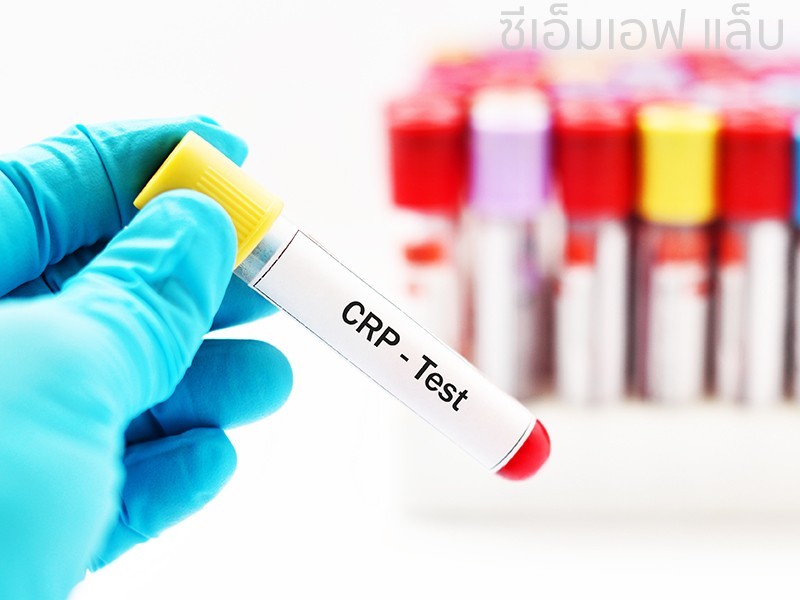In the hectic environment of emergency medicine, diagnostic tools that are both timely and accurate are essential to enable rapid decision-making. As part of emergency medicine, CRP testing has gained popularity as an important indicator and can give quick results to help with the diagnosis and treatment management for several conditions. This article covers the importance of CRP testing in emergency medicine, highlighting not only CRP test price and effectiveness but also timely implementation.
Analysis of CRP and Its Functions in Emergency Medicine
Before looking into the cost and fast results dimensions, let us briefly define what CRP is and why it is critical in emergency treatment. C-reactive protein is an acute phase reactant, a substance produced by the liver when inflammation occurs in the body. It is an effective means of assessing and monitoring the presence, as well as intensity of inflammation among patients; hence depending on CRP levels can help in diagnosis or detecting various conditions ranging from medical to chronic infectious diseases.
Cost Considerations in CRP Testing
The cost of diagnostic procedures remains one of the major issues in healthcare. Fortunately, CRP testing price is relatively cheap compared with other diagnostic techniques. As such, CRP tests are appreciated in hospitals and emergency care centres for their affordability and efficiency, which leads to widespread implementation without substantial financial burden.
Although the actual CRP test price or cost can differ depending on which provider or place it is being done, CRP testing has been established as a more economical approach in an emergency care setting. This cost factor is especially crucial due to the large number of patients and a constant requirement for fast, credible diagnostics in emergency cases.
Rapid Results: Emergency Medicine’s Disruptor
Time is critical in emergency care. Quick diagnostic instruments are essential to positive patient outcomes. This is where CRP testing really shines, producing results in an impressively quick time. In comparison to some other diagnostic techniques which can last for hours or even days, CRP tests are in many cases able of obtaining results within minutes.
The quick results from CRP testing enable medical practitioners to make fast and informed decisions. For instance, if bacterial infections are suspected, the option to confirm or rule them out quickly is crucial for initiating proper treatment — such as prompt antibiotic administration.
Incorporation of CRP Testing in Emergency Protocols
The speed and efficiency of CRP test cost have prompted most emergency care facilities to integrate it into the standard protocols they use. CRP testing has become a fundamental aspect of the initial assessment conducted by emergency medical teams, which allows them to quickly identify and treat inflammatory conditions.
This integration simplifies the diagnosis procedure besides enhancing resource utilization. CRP testing can result in significant cost savings since the patient does not need an unnecessary treatment or targeted use of various therapies has been done initially due to rapid and precise diagnosis.
Challenges and Considerations
Although CRP testing has been an appreciated tool in emergency care, some limitations and issues are worth mentioning. However, the interpretation of CRP levels is clinical and may indicate various conditions that might lead to their increase. Further, the cost-efficiency of performing CRP tests may depend upon factors like test volume, equipment and reagent costs.
In addition, medical specialists must find a compromise between the need for swift results and diagnostic accuracy. Timeliness is certainly important, but speed should never undermine the accuracy of information presented especially for emergencies where decisions are made quickly.
Conclusion: Balancing Efficiency and Cost-Effectiveness
The CRP testing proves to be a much-valued property in emergency medicine as it strikes an equilibrium between efficiency and affordability. The low cost of CRP testing with fast turnaround times enables them to become an optimal solution for emergency medical teams. Due to the acceptance of CRP testing’s advantages in improving emergency care, it is integrated into standard protocols.
And with time, as the medical technology advances further CRP testing will develop its characteristics overcoming current difficulties of becoming a permanent tool in the emergency medicine. Currently, the cost efficiency and speedy outcomes can only serve as a testimony to CRP testing’s core role in quickening and improving diagnostics for emergency care.





